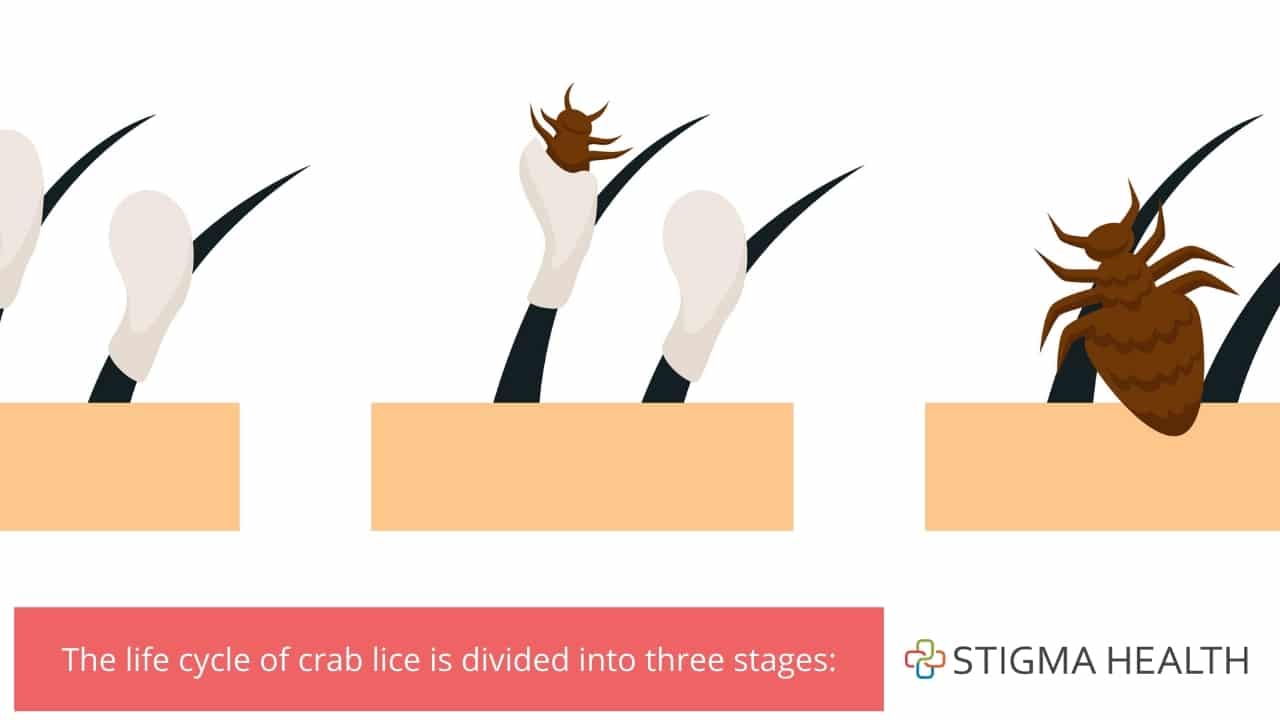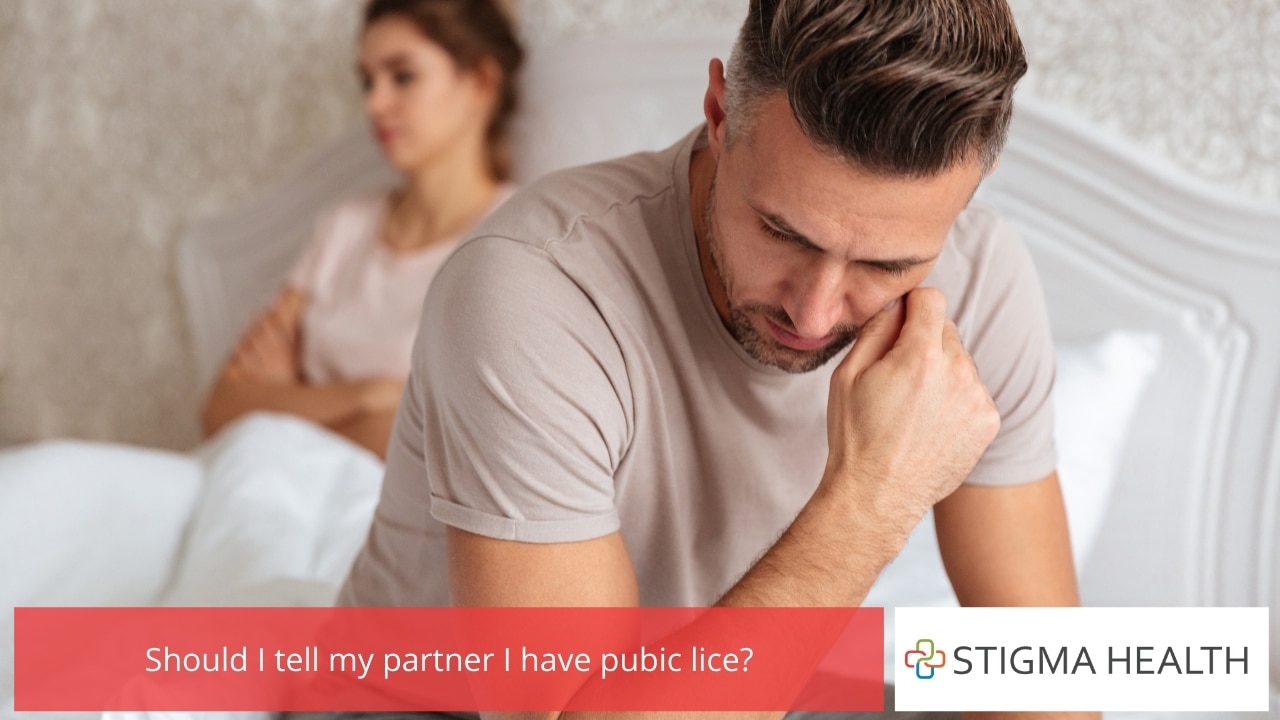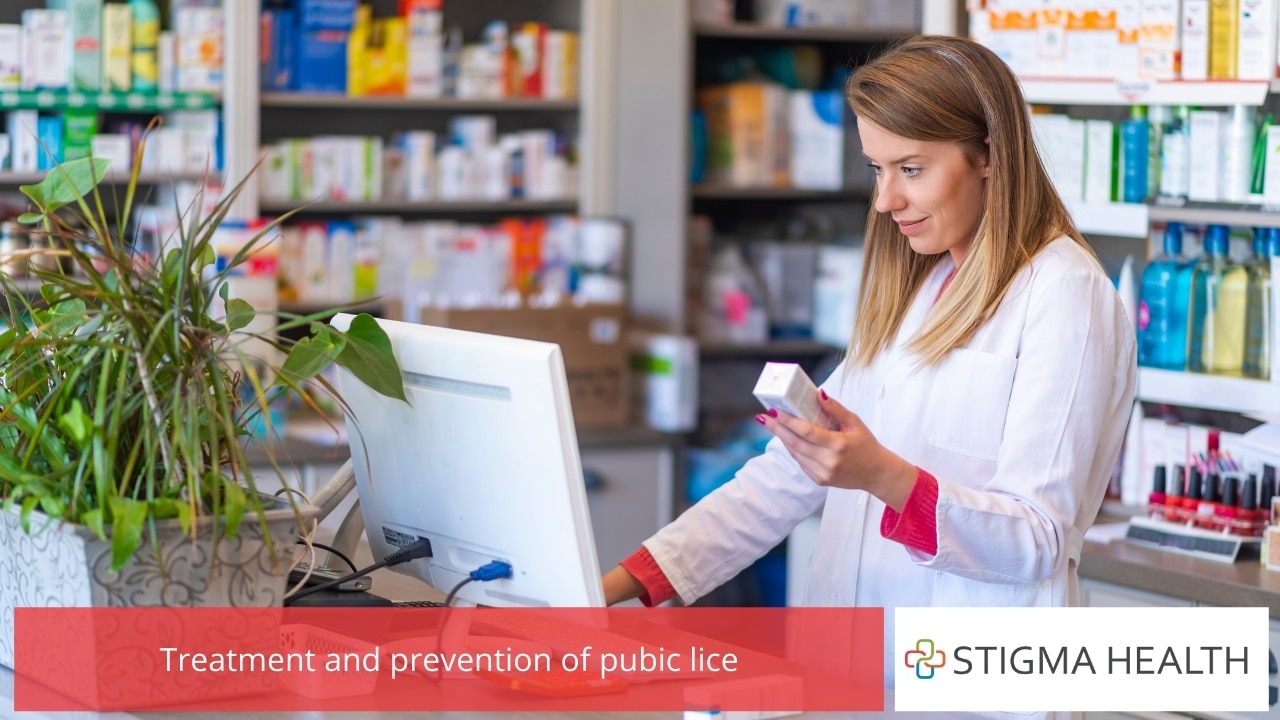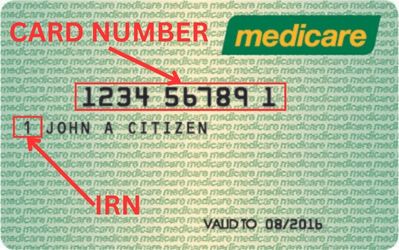Understanding Pubic Lice
When people think about STI’s, one of the most commonly identified infections is pubic lice, or as it is more commonly known, crabs. Now you are probably thinking, ‘wow, how did I get crabs and how do I treat them?’ The following article delves into what, specifically are pubic lice, the symptoms and much to your relief, how to treat them. It is important to address that having pubic lice does not mean you are dirty, nor should you be embarrassed by the fact. Pubic lice are quite common. In fact, 2 in every 100 people will have pubic lice at some point in their life. The good news – pubic lice is totally treatable!
Let us look into some more information about pubic lice.
What are pubic lice?
Pubic lice are tiny insects that can live and thrive within the pubic hair. These parasites can latch on and feed off blood by biting the skin, resulting in an itch. The treatment is relatively simple. However, a proper examination by your doctor is necessary if the lice reappear even after treatment.
Pubic lice vary in length ranging between 1.1 mm to 1.8 mm. When examined under a microscope, an adult pubic louse resembles quite a lot like the crabs found at sea, hence their common name, ‘crabs’. They are naturally grey coloured but become dark brown after feeding off the blood by clinging on to the skin.

The life cycle of crab lice is divided into three stages:
Nit: Pubic lice eggs are known as nits. The eggs are found in clusters near the hair shaft and hatch in 6 to 10 days.
Nymph: The hatched nymph takes 2 to 3 weeks to turn into an adult.
Adult: An adult louse is capable of reproducing, feed on blood, and females are usually larger than males.
These pesky little creatures can spread through close personal contact, sexual contact or by sharing articles like a towel or a bed with the infected person. Hugs or handshakes do not transfer the lice. Moreover, you can never get crab lice by sharing a toilet seat as they only thrive in damp and warm conditions.

Symptoms of pubic lice
The symptoms of pubic lice might not be the same for everyone as many factors including a person’s skin condition, personal hygiene and environment influence the severity. The symptoms include:
- An itching sensation around the genital area
- Small blue spots appear on the pubic skin with varying intensity
- Blood red spots on the underwear are seen when bitten by the lice
- Tiny lice are sometimes visible under a bright light
- Lice lay eggs that are occasionally visible in the genital hair
- Rashes or bruises that appear due to constant scratching
- A burning sensation becomes evident after scratching the skin surface
You may also feel very irritable with lack of energy and a low-grade fever.
Pubic lice can transfer to the hair under the armpits, chest hair, beard, moustaches or even the eyelashes in severe cases. Scratching due to constant itching on the pubic and groin area leaves the skin exposed, resulting in a skin infection which may require additional treatment. For this reason, scratching the pubic area is not recommended and should be avoided at all costs.

Should I tell my partner I have pubic lice?
Absolutely! As pubic lice are a sexually transmitted infection, it is important to consider your sexual partners and inform them of your diagnosis as you do not want to transfer the infection onto them. Having the conversation about STI’s can sometimes be confronting, but it is important. Do your research about pubic lice and it is advised to visit your doctor for a sexual health check and treatment options. It is also recommended that your partner get tested for pubic lice if you have had sexual contact before your diagnosis to rule out the spread of the infection to them.

Treatment and prevention of pubic lice
If you discover any of the symptoms mentioned above, try the following remedies accordingly:
- Visit your nearest chemist to get a medicated shampoo specifically for pubic lice.
- Always remember to wash your genital area and towel dry for minimum dampness.
- A fine-toothed comb is helpful in controlling the infestation as it sieves up the eggs along with the lice near the hair shaft.
- Any sexual contact should be avoided until successfully treated.
- Fabrics or items that cannot be washed or dry cleaned should be kept sealed for at least two weeks.
- It is advisable to get people you live with to get treatment as well.
- Keep an appropriate hygienic environment at your home.
- Wash bedsheets, quilts, towels and pillowcases at least once every week.
- Follow a personal hygiene routine as much as possible.
You can buy a plethora of over-the-counter medications (OTC) from your nearby pharmacist. Furthermore, if itching persists, visit your nearest sexual health clinic or a healthcare professional for a checkup and complete guidance on the issue. Feel no shame to educate your sexual partner or a family member to avoid any recurrence. You can repeat the treatment after a week if you spot any previous symptoms that you encountered.
Pubic lice are very contagious and are easily transferred during sex or having close contact with an infected person for quite some time. No doubt pubic lice are a nuisance, yet easily treatable with an appropriate diagnosis and treatment. Although rare, still if you encounter recurrent pubic lice infestations, visit a sexual health clinic to get the best suitable treatment and follow your doctor’s advice accordingly. Should you have any questions about public lice, talk to the team at Stigma Health. As knowledgeable experts in the medical field, they can provide you with judgement-free conversations and answers as well as provide you with a referral for treatment.
